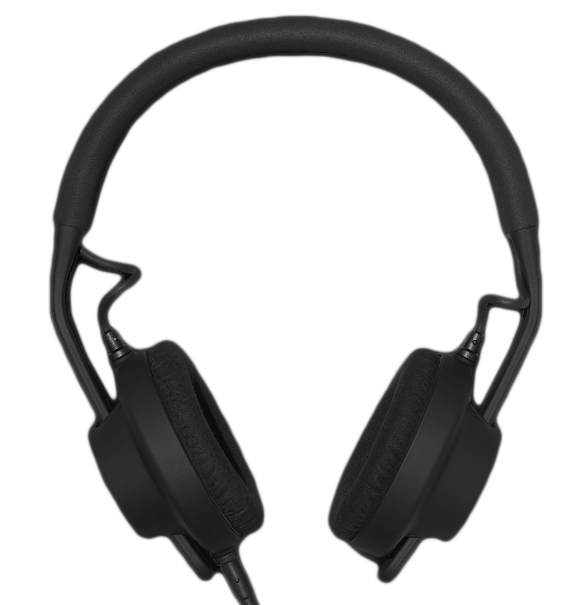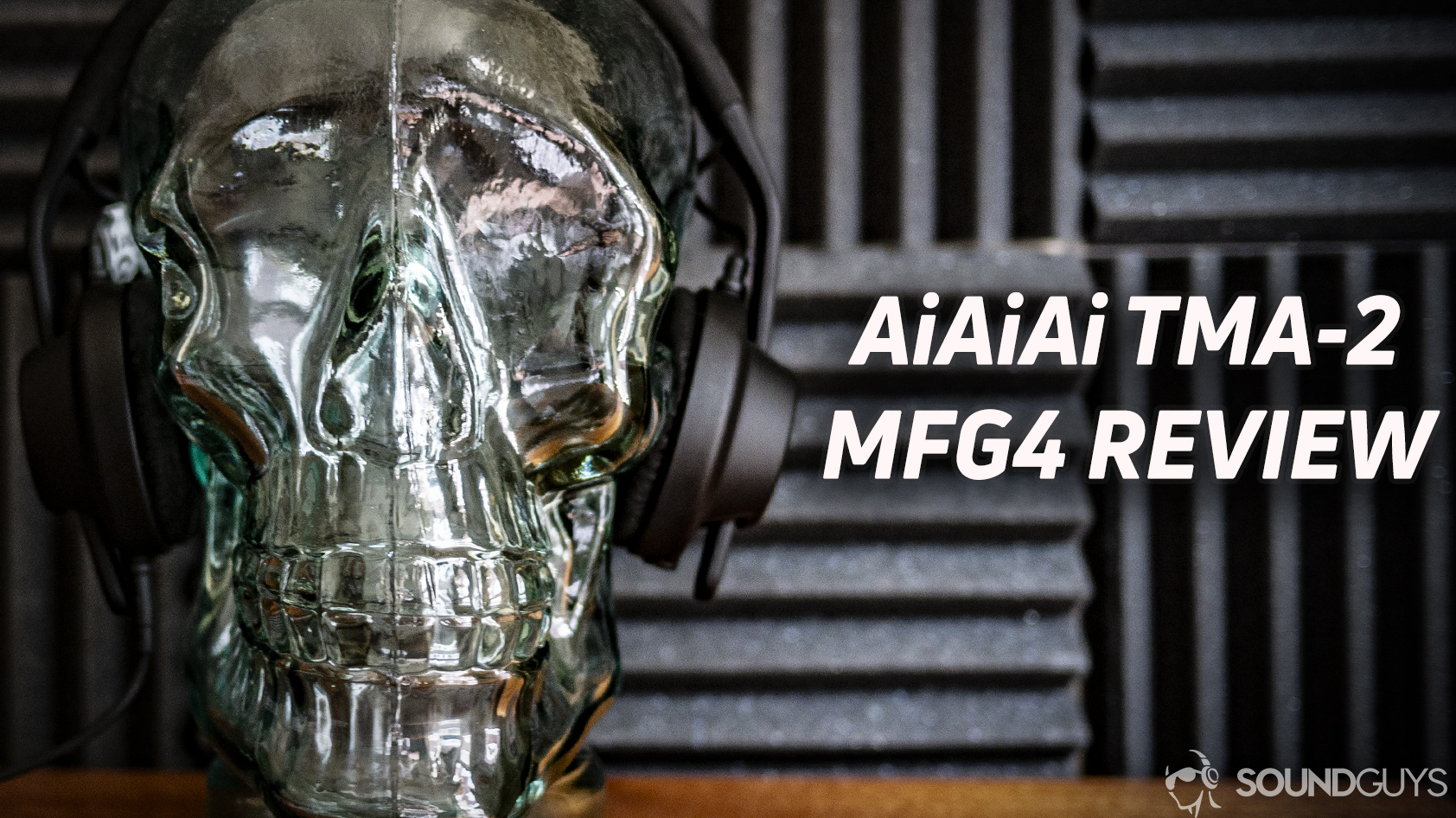All products featured are independently chosen by us. However, SoundGuys may receive a commission on orders placed through its retail links. See our ethics statement.
AiAiAi TMA-2 MFG4
With the TMA-2 MFG4, AiAiAi released the first set of USB-C headphones that work well.
That’s the headline here, and it’s been a long time coming. The market for USB-C audio accessories has been appalling and remains so today, but the AiAiAi TMA-2 MFG4 is important because it’s the first set of on-ear USB-C headphones, which is the real deal. It has a DAC in the cable and works with just about any USB-C source you may have. As I may have mentioned, this particular market has been a trainwreck.
Editor’s note: this AiAiAi TMA-2 review was updated on December 20, 2021, to address the headset’s eco-friendly appeal, expand the list of buying options, and add context to the sound quality section.
Who is the AiAiAi TMA-2 MFG4 for?
- Current Android phone users will appreciate the ability to listen to music without using the proprietary dongle.
- If you want to use your headphones with your laptop, owners of brand-new laptops can use these without any fuss or apps.
- Tinkerers will love the ability to swap out parts and experiment with the headphones.
What is it like to use the AiAiAi TMA-2 MFG4?
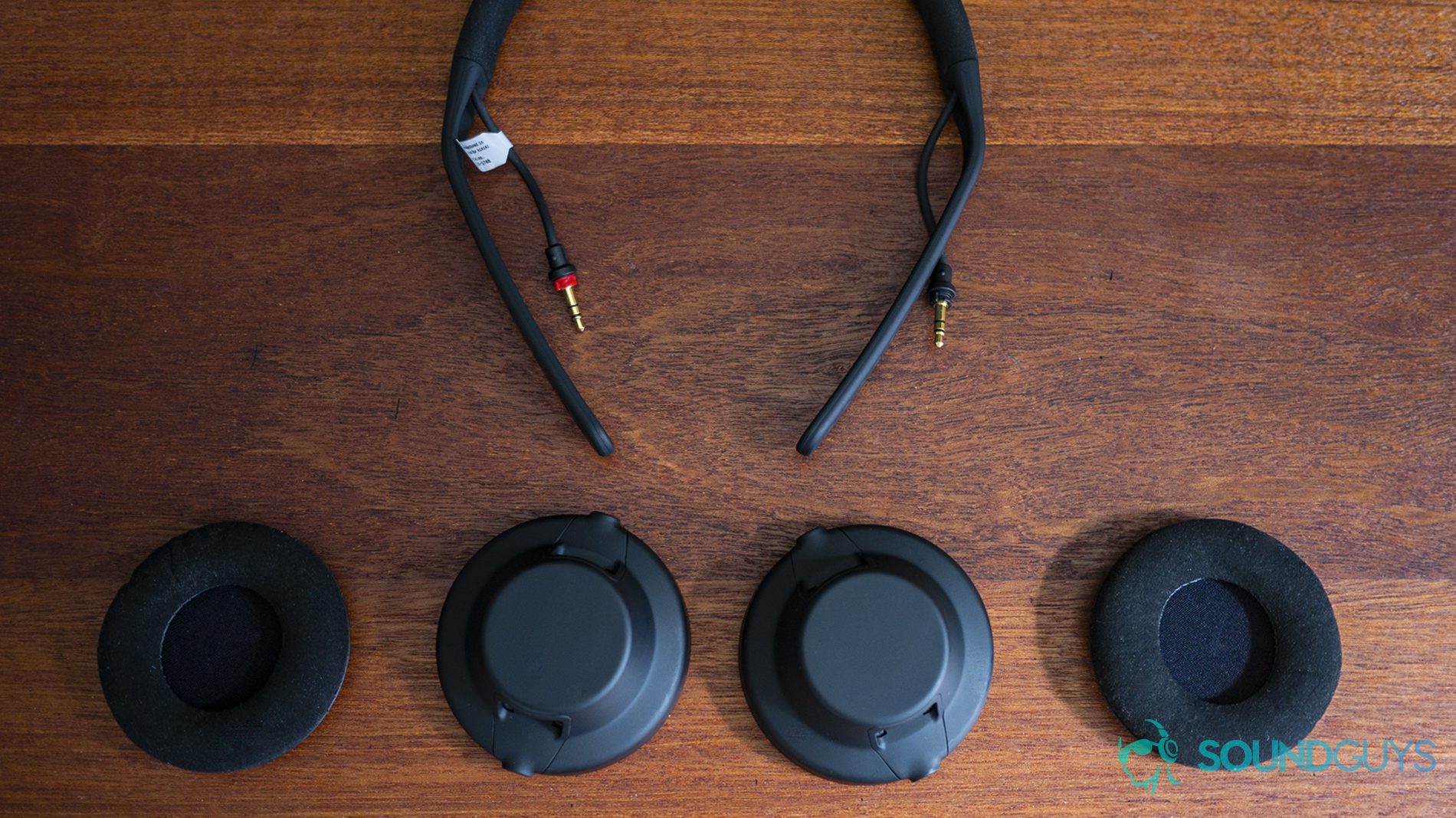
The AiAiAi TMA-2 MFG4 is the first Made For Google set of on-ear USB-C headphones. It’s an amalgamation of interchangeable parts for the AiAiAi TMA-2 series, comprising the standard headband, the S01 speaker units, the E01 earpads, and the C60 USB-C to 3.5mm cable. If you want to add or swap out parts for this headset, you can do that without a second thought. As these are entirely modular by design, the TMA-2 series is also one of the best eco-friendly headphones available.
You can repair or replace any component if you’re unsatisfied with any part of the AiAiAi TMA-2 — or if you’re just a little rough with your peripherals. That’s a pretty incredible feature, considering most headphones are right and properly trashed when the band or cable breaks. Not so with the TMA-2 MFG4. This is good because the housings are made of inexpensive plastics, meaning they may not take too many tumbles before giving up the ghost.
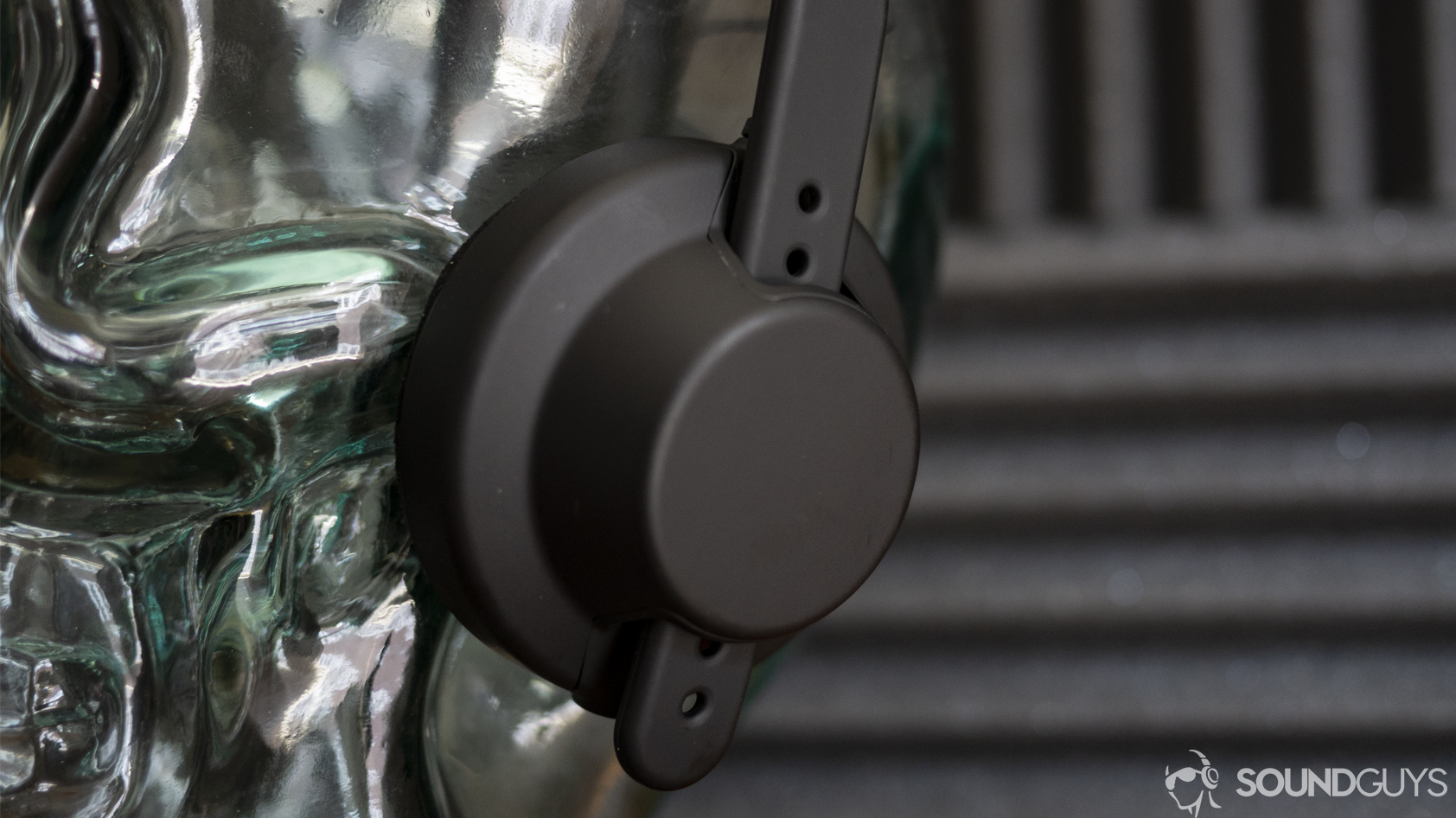
By offering an in-cable DAC, the headphones just need a standard USB-C port to plug into. Of course, this is only sometimes a given, so you may be in for a stupid surprise, depending on your device. There’s only a minimal number of headphones that use USB-C audio.
The stock setup isn’t exactly to my taste, as I’m not a fan of on-ear headphones. But credit where credit is due: this is decent for what it is. The cloth padding snaps into the ear cups and can be removed for easy cleaning. Additionally, the band provides a consistent (but not overpowering) clamping force to keep these things on your head. You may get uncomfortable after an hour and a half. The TMA-2 is a little heavy compared to models like the Jabra Elite 45h.
How does the AiAiAi TMA-2 cable connect?
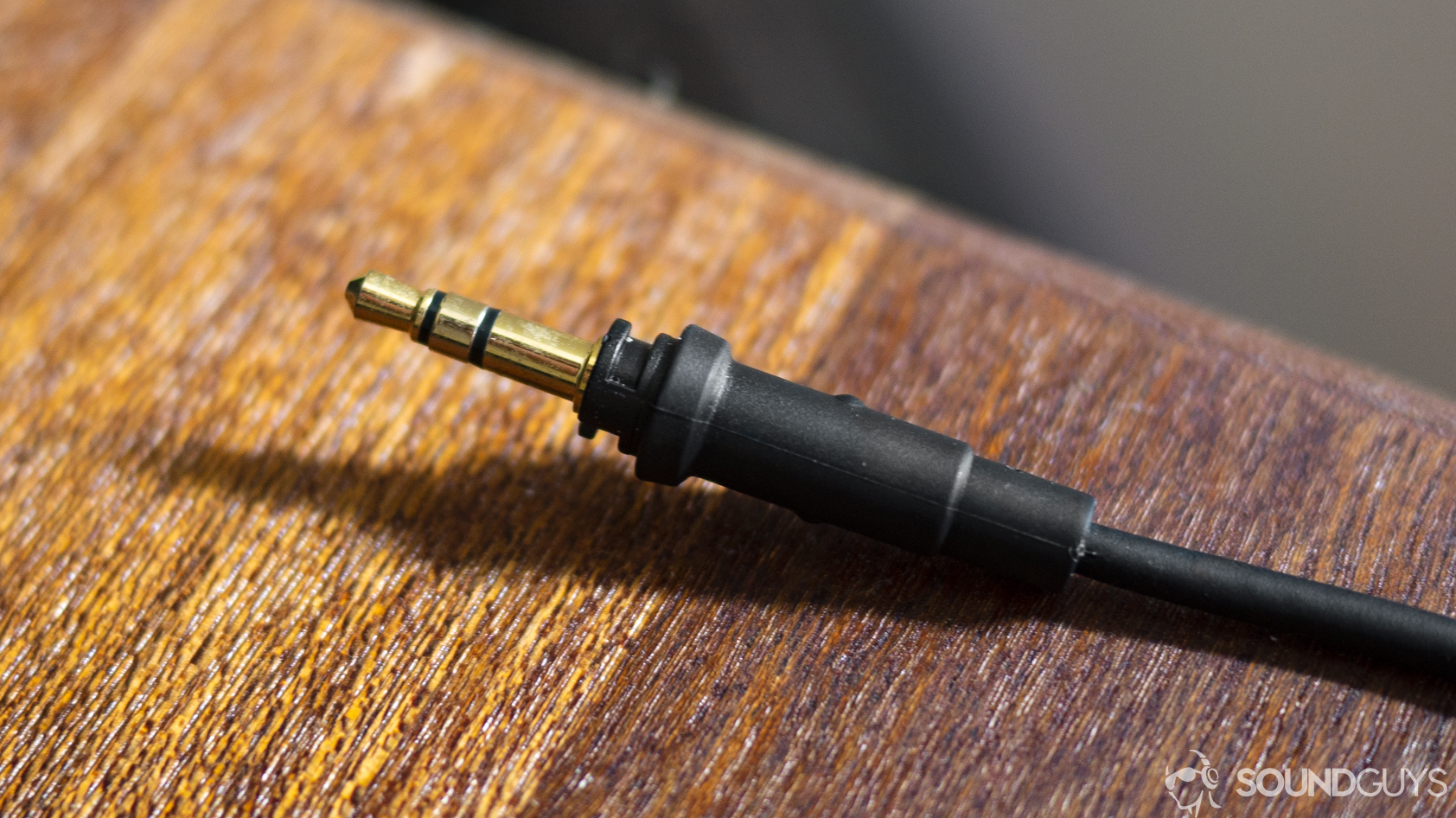
My biggest gripe with the AiAiAi TMA-2 platform is the 3.5mm connection: I loathe the proprietary system of twisting and locking the connections into place, so you can’t use generic jacks should something break. Being unable to connect cables to your headphones due to a tiny plastic thing breaking defeats the entire purpose of having a removable cable, so it’s more than a little frustrating when companies do this.
The connections are a little finicky at first. If you can only get one channel working, you must re-twist the hookups. Once you do, however, you will only need to take them out if you swap out a component.
Does the AiAiAi TMA-2 MFG4 block out noise?
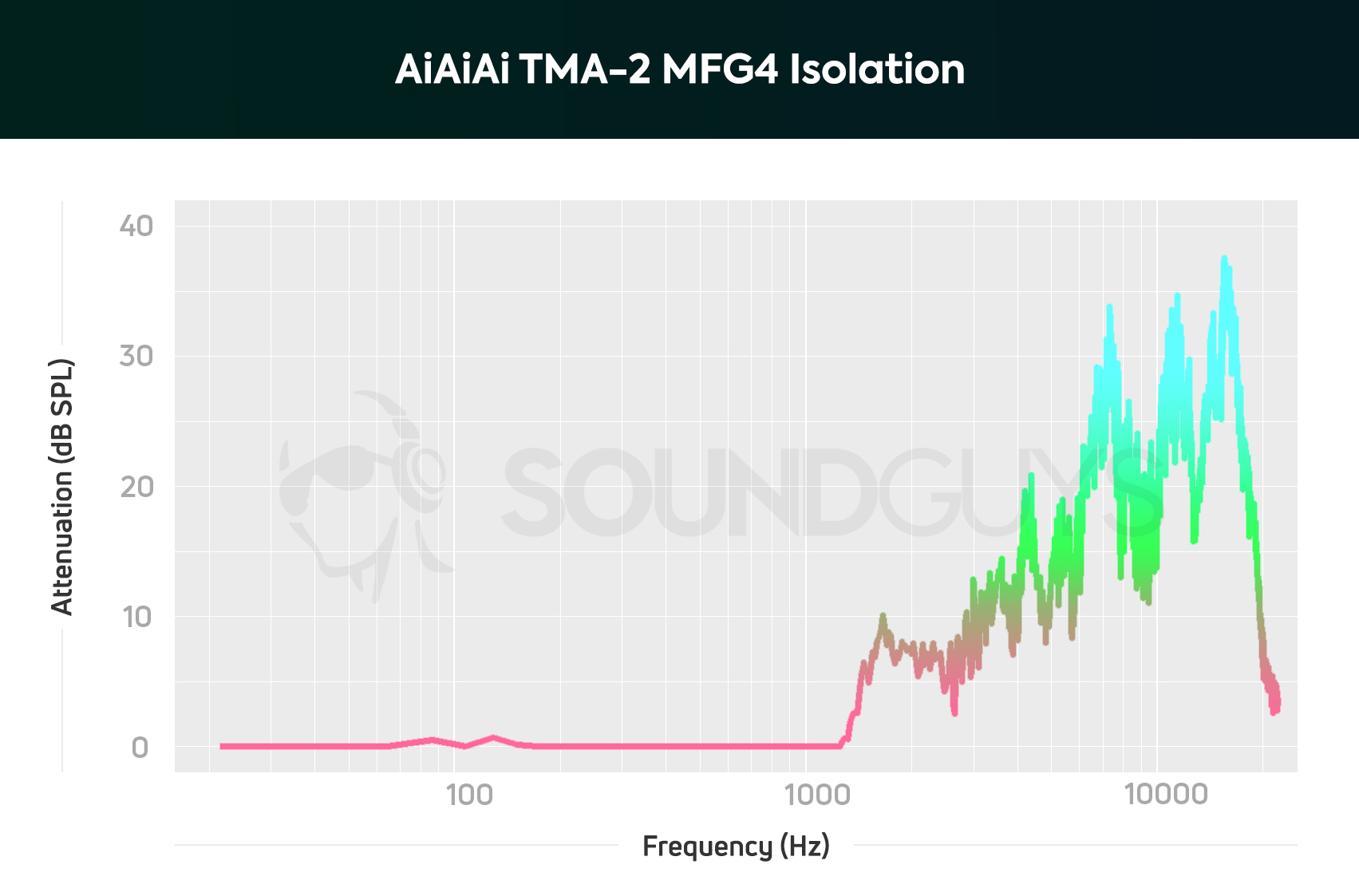
On-ear headphones aren’t popular because they’re usually pretty uncomfortable, and they come with drawbacks inherent to the design — they don’t isolate all that well. While the AiAiAi TMA-2 MFG4 sounds great when everything’s perfect, that’s not always possible.
How does the AiAiAi TMA-2 MFG4 sound?
The most crucial factor for how on-ear headphones sound is how well you can get the things to fit on your head. If you get a perfect fit, the AiAiAi TMA-2 MFG4 sounds nice, with only a few quirks. The frequency response is pretty consistent and is surprisingly decent for any set of on-ear headphones. This allows you some latitude to equalize your tunes and hear mixes the way they were intended.
However, because on-ears are notoriously tricky to fit, you’ll likely have issues getting the TMA-2 MFG4 to sound the way it should. You may lose bass notes because of the poor fit if you get an imperfect seal. You can see what I’m talking about on the charts below in the pink range. Your experience will vary based on the shape and size of your head.
You can also seek larger pads from the AiAiAi store or another model that’s right for you.
Lows, mids, and highs
I’m a fan of the flatter (all notes the same power) kinds of frequency response, but bass heads may want to try their hands at using one of the other headphone modules that AiAiAi offers for the TMA-2. However, the upside to a flat response is clarity. You can easily hear things you may have missed in the mixes of your songs, and that’s a big plus if you’re a fan of older songs like I am. You’ll hear the bass and lowest piano octaves in Barry White’s Never, Never Gonna Give Ya Up.
To get the best sound of your TMA-2, make sure to find the proper fit.
Mids see an ever-so-slight emphasis over all other notes, but that’s not bad. For one, it adds a little more to vocal features important to immerse yourself. A response like the TMA-2’s will lend itself well for vocal-heavy mixes, much like the mother of the MP3: Tom’s Diner by Suzanne Vega.
Much like mids, which are essential for vocal clarity, highs are significant for guitar, violin, woodwind, and snare drum clarity. While the track Lump by The Presidents Of The United States Of America has a few loudness issues, it sounds pretty clear for what it was mixed to be.
Should you buy the AiAiAi TMA-2 MFG4?
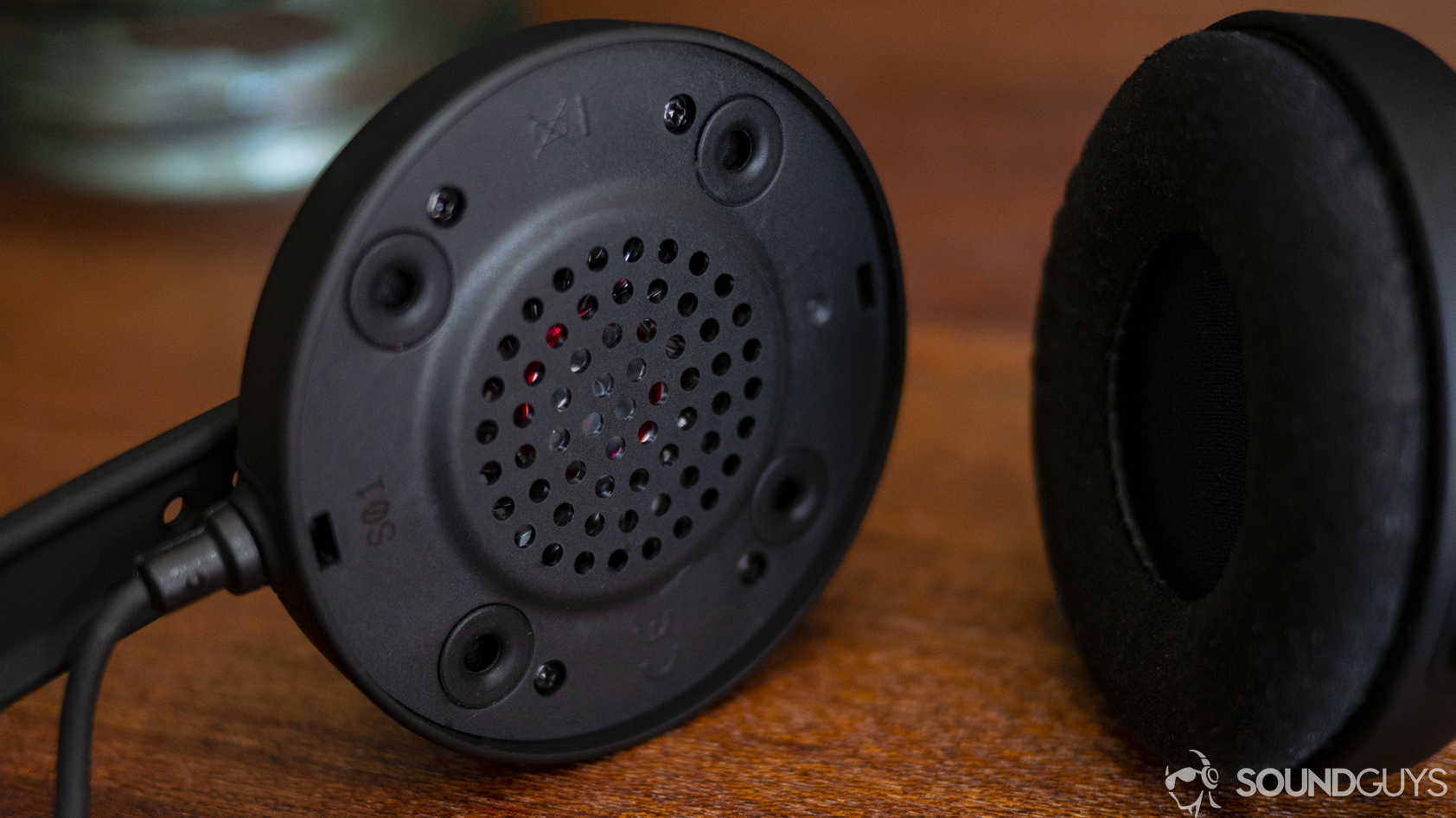
If you’re in a position where USB-C audio is preferable to Bluetooth, this is currently the set of headphones to get. The AiAiAi TMA-2 series isn’t amazing and costs anywhere from $150 to $250 without any killer features. However, it works well — without an app — on both Android and Windows. That’s enough to be the king of the USB-C hill for now.
When it comes to objective performance, these headphones are pretty solid if you’re a fan of a middle ground between clear sound and bassy consumer cans. Of course, that somewhat flat response lends itself to relatively easy equalizing, so you should feel empowered to take a few risks with your music player’s equalizer or your system-level one.
But is this a better set of headphones than others at the same price? Not really. This has its audience, but for under $100, you can get some damned decent alternatives.
